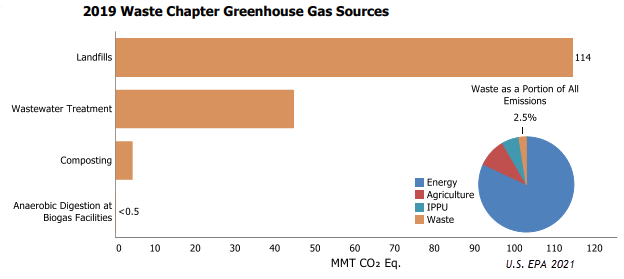Advocacy
May 13, 2021
EPA Establishes New Council on PFAS
On April 27, Environmental Protection Agency (EPA) Administrator Michael S. Regan issued a memorandum to EPA’s senior leadership calling for the creation of a new “EPA Council on PFAS” that is charged with building on the agency’s ongoing work to better understand and ultimately reduce the potential risks caused by these chemicals.
Administrator Regan has asked Radhika Fox, Principal Deputy Assistant Administrator in the Office of Water, and Deb Szaro, Acting Regional Administrator in Region 1, to convene and lead the EPA Council on PFAS (ECP), which will be comprised of senior EPA career officials from across the agency. The ECP will be tasked to:
- Develop “PFAS 2021-2025 – Safeguarding America’s Waters, Air and Land,” a multi-year strategy to deliver critical public health protections to the American public. To develop the strategy, the ECP will review all ongoing actions, propose any necessary modifications, and identify new strategies and priorities. The ECP shall make initial recommendations within 100 days of its establishment.
- Continue close interagency coordination on regional specific and cross-media issues to assist states, Tribes, and local communities faced with significant and complex PFAS challenges.
- Work with all national program offices and regions to maximize the impact of EPA’s funding and financing programs and leverage federal and state funds to support cleanup of PFAS pollution, particularly in underserved communities.
- Expand engagement opportunities with federal, state, and tribal partners to ensure consistent communications, exchange information, and identify collaborative solutions.
In February, SWANA submitted comments on the U.S. EPA’s interim guidance on PFAS disposal and destruction highlighting the need for further research and emphasizing the solid waste industry’s role as receivers of PFAS-containing materials, not producers of them. The solid waste industry was covered as both a source of PFAS (landfill leachate, non-consumer waste) and as a potential method of destruction and disposal (landfills, municipal waste combustors).
U.S. Greenhouse Gas Inventory Published
The U.S. Environmental Protection Agency (EPA) released its 28th annual Inventory of U.S. Greenhouse Gas Emissions and Sinks (GHG Inventory), which presents a national-level overview of annual greenhouse gas emissions from 1990 to 2019. Overall, in 2019, waste activities represented 2.5 percent of total U.S. greenhouse gas emissions. This category includes wastewater treatment but does not include incineration of municipal solid waste.
Landfills accounted for approximately 17.4 percent of total U.S. anthropogenic methane (CH4) emissions in 2019, the third largest contribution of any CH4 source in the United States. Emissions from composting have increased steadily from 2010 and have exhibited a decreasing trend the past two years.
For the first time, stand-alone anaerobic digestion is included in the inventory. From 1990 to 2019, the estimated amount of waste managed these digesters in the United States increased from approximately 866 kt to 10,620 kt, an increase of 92 percent.







